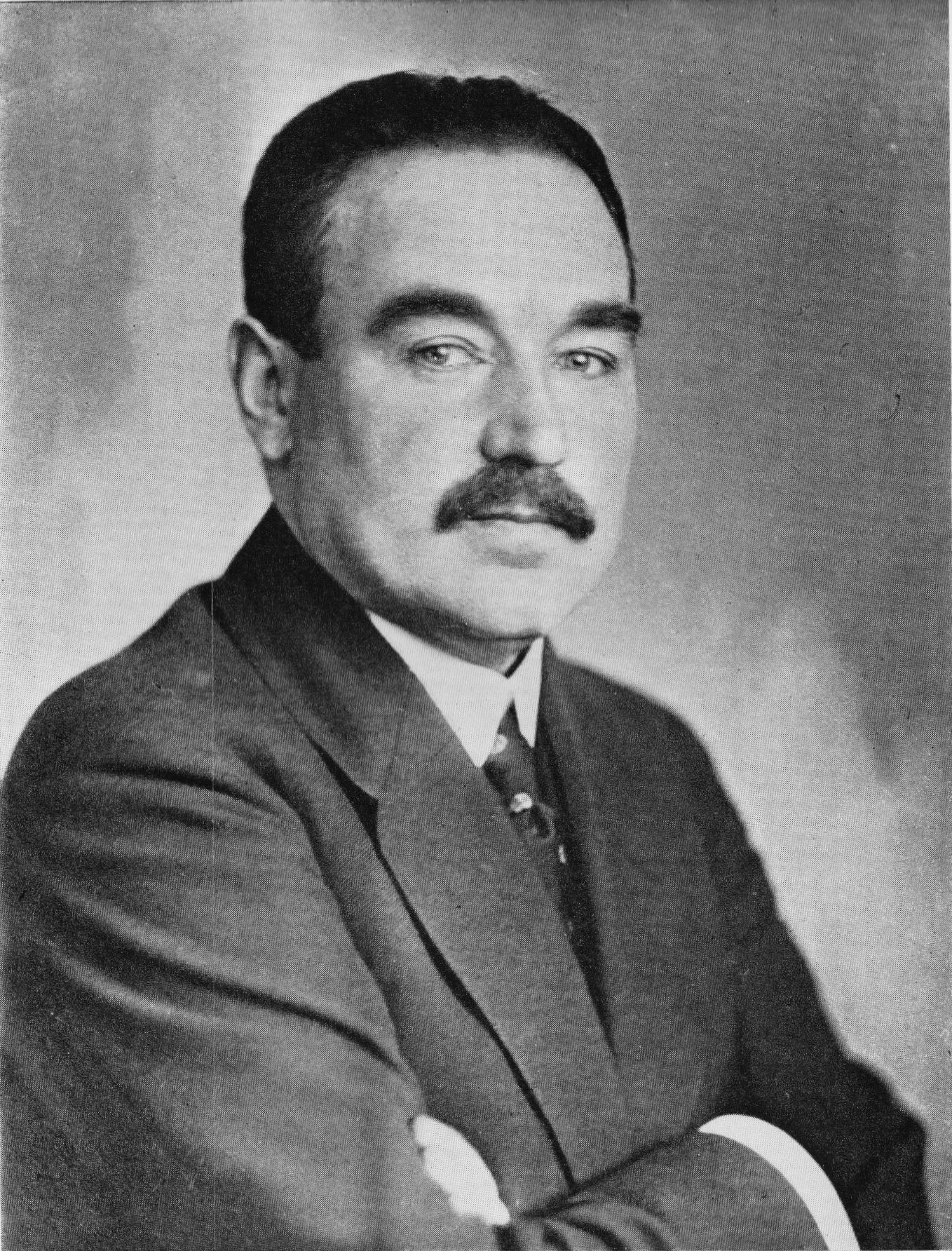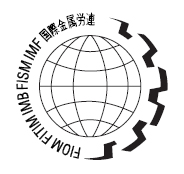Related Research Articles

Alexander Gavrilovich Shliapnikov was a Russian communist revolutionary, metalworker, and trade union leader. He is best remembered as a memoirist of the October Revolution of 1917 and as the leader of one of the primary opposition movements inside the Russian Communist Party during the 1920s.

The Transport and General Workers' Union was one of the largest general trade unions in the United Kingdom and Ireland - where it was known as the Amalgamated Transport and General Workers' Union (ATGWU) to differentiate itself from the Irish Transport and General Workers' Union - with 900,000 members. It was founded in 1922, and its first general secretary was Ernest Bevin.

The International Metalworkers' Federation (IMF) was a global union federation of metalworkers' trade unions, founded in Zürich, Switzerland in August 1893. As of 2009, the IMF had more than 200 member organisations in 100 countries, representing a combined membership of 25 million workers.

The Ceramic and Allied Trades Union (CATU) was a trade union representing pottery workers in the United Kingdom.
The Miners' Federation of Great Britain (MFGB) was established after a meeting of local mining trade unions in Newport, Wales in 1888. The federation was formed to represent and co-ordinate the affairs of local and regional miners' unions in England, Scotland and Wales whose associations remained largely autonomous. At its peak, the federation represented nearly one million workers. It was reorganised into the National Union of Mineworkers in 1945.
Community is a UK trade union representing workers in the iron and steel, domestic appliance manufacturing, clothing, textiles, footwear, road transport, betting and gaming and call centre sectors as well as workers in voluntary organisations, workshops for visually impaired and disabled people, community-care providers and housing associations. Although the former trade unions which amalgamated to form Community were all craft unions or industrial unions Community is now a general union. Community has merged or transferred engagements with a number of smaller unions, some of which have become sections within Community. These include the National League of the Blind and Disabled (NLBD), the National Union of Domestic Appliance and General Operatives (NUDAGO), the National Union of Knitwear, Footwear & Apparel Trades (KFAT), the British Union of Social Work Employees (BUSWE), the Prison Service Union and the UFS.

The Amalgamated Engineering Union (AEU) was a major British trade union. It merged with the Electrical, Electronic, Telecommunications and Plumbing Union to form the Amalgamated Engineering and Electrical Union in 1992.
The One Big Union (OBU) was a Canadian syndicalist trade union active primarily in the western part of the country. It was initiated formally in Calgary on June 4, 1919 but lost most of its members by 1922. It finally merged into the Canadian Labour Congress during 1956.

Carl Wilhelm Severing was a German Social Democrat politician during the Weimar era.
The Third All Russian Conference of Trade Unions was the first national conference of trade unions held in Russia following the February Revolution. It was held in Petrograd 20–28 June 1917.
Czechoslovak Trade Union Association, abbreviated to OSČ, was a national trade union center, founded in 1897 in what was then the Austro-Hungarian Empire. With the break-up of the empire, the OSČ emerged as the major trade union force in Czechoslovakia up to the Second World War.
The Chemical Workers' Union was a trade union in the Czechoslovakia. The union was led by Josef Hais. The union published Dělnik ('Worker'). As of 1921, the Chemical Workers' Union had a membership of 76,978.

The Confederation of Shipbuilding and Engineering Unions (CSEU), often known as the Confed is a trade union confederation in the United Kingdom.

Alphonse Adolphe Merrheim was a French copper smith and trade union leader.
The South African Congress of Trade Unions was established in 1955 after the right wing unions walked out of the South African Trades and Labour Council in 1954 to form the exclusive White, Coloured, and Indian workers’ Trade Union Council of South Africa.
The Associated Iron and Steel Workers of Great Britain was a trade union representing people employed in iron- and steelworks in Britain.
The Shop Stewards Movement was a movement which brought together shop stewards from across the United Kingdom during the First World War. It originated with the Clyde Workers Committee, the first shop stewards committee in Britain, which organised against the imprisonment of three of their members in 1915. Most of them were members of the Amalgamated Society of Engineers (ASE). In November 1916 the Sheffield Workers Committee was formed when members of the ASE there went on strike against the conscription of a local engineer. The government brought the strike to an end by exempting craft union members such as ASE engineers from military service. However when this policy was reversed in May 1917, this met by a strike involving 200,000 workers in 48 towns. The Shop Stewards Movement arose from organising this strike.
References
- ↑ Gurevitch, Alexander (1920). The All -Russia Metal Workers Union. London: Labour Research Department. pp. 65–77.